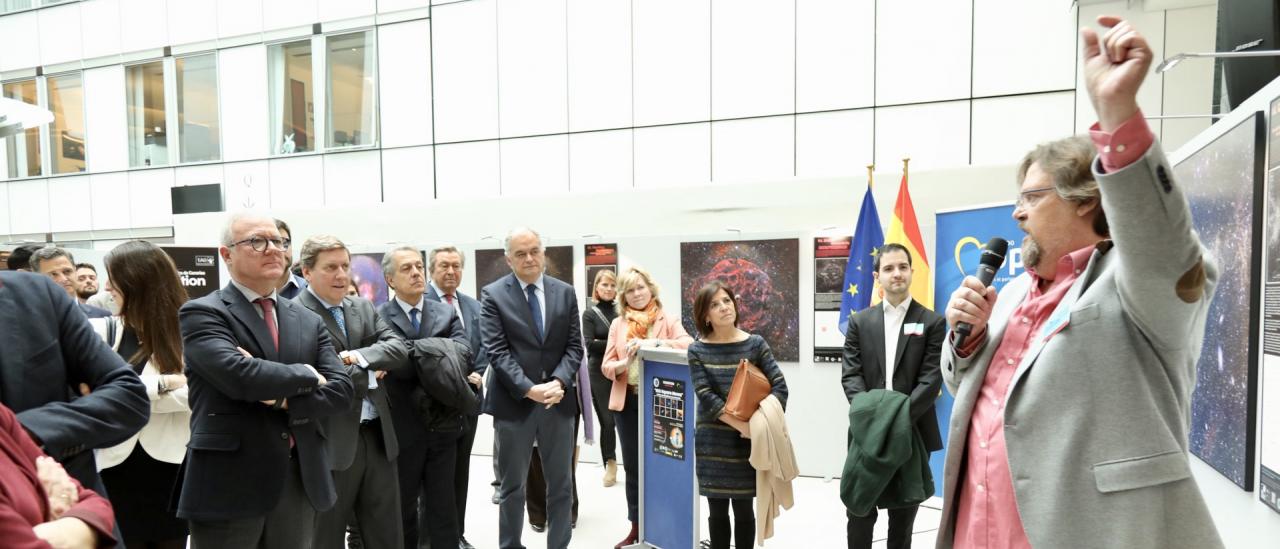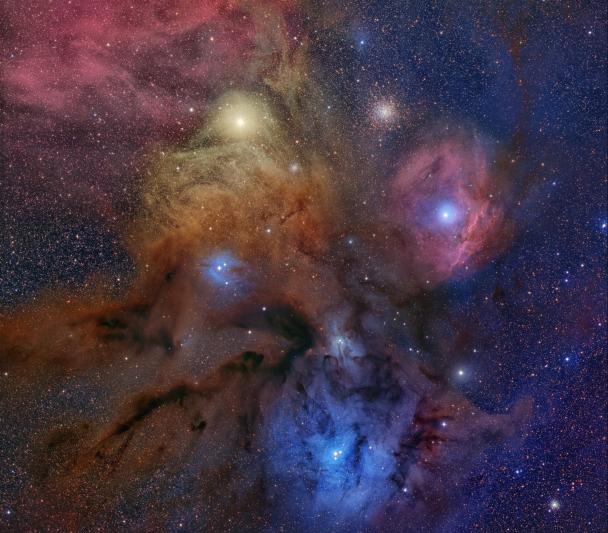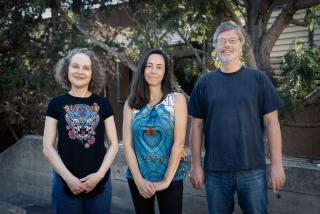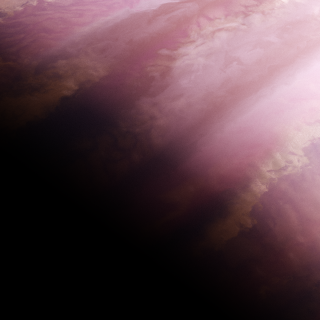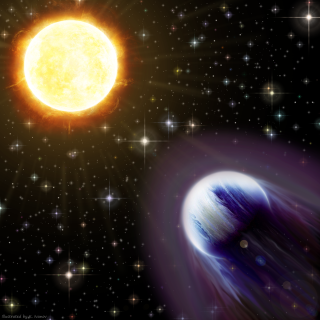The exhibition “100 Square Moons” composed of nine images of the sky, was inaugurated this morning in the European Parliament in Brussels (Belgium), and can be visited until April 12th. These photographs were taken by the astrophotographer Daniel López from the Teide Observatory in Tenerife, with the Sky Treasure Chest (STC) astrograph of the Unit of Communication and Scientific Culture (UC3) of the IAC. The subject matter of these photographs covers all types of astronomical objects and some relevant discoveries in astrophysics.
The exhibition is the result of the project “NIÉpce: from the negative to the positive” launched in 2016, which was the 200th anniversary of the first photographic images in history made by Joseph Nicéphore Niépce.
The inauguration of the exhibition, promoted in the European Parliament by the Eurodeputy Gabriel Mato, included participation by the vicepresident of the Parliament Ramón Luis Valcárcel, the Director of the IAC Rafael Rebolo, and the coordinator of the exhibition and director of the educational project the outreach astrophysicist Alfred Rosenberg. Numerous Eurodeputies and civil servants of the Parliament were present, as well as the representatives in Brussels of several Spanish autonomous communities and the permanent Representation in the EU. One of the objectives of this exhibition is that the democratic representatives of the EU countries know the importance of the exploration of the Universe and the Observatories of the Canary Islands.
Mato emphasized the importance of the IAC as “ a world leader in the field of Astrophysics and a centre of research, technology and training of research personnel at a very high level. Rebolo expained that the objective of this exhibition es “ to bring the universe closer to society and to attract the attention of the general public, and especially the youngsters, who one day day will take over, with the idea of bringing them closer to science and technology”. Alfred Rosenberg explained that “100 Square Moons” aims to communicate “ in a visual and attractive way many of the advances which have been made in the field of astrophysics in recent times”.
The European Solar Telescope
The exhibition also includes a model of the European Solar Telescope (EST), which will be the largest solar telescope built in Europe with a primary mirror of diameter 4m metres. The EST will mark an unprecedented advance in our understanding of the Sun and with a large European participation. Its construction will start in 2021, and its first light is planned for 2027.
The model, on a scale of 1:50, shows a realistic picture of the conceptual design of the EST, with a 120º cross-section to show its interior. In this the sub-systems of the telescope can be seen. In the upper part one can see the structure of the telescope, within which the primary mirror is placed. This is a structurally lightened mirror of over 4m in diameter which will gather the light from the Sun, and will therefore be subject to a high thermal load. The construction of EST represents a great technological challenge and a very important development opportunity for the industry.
